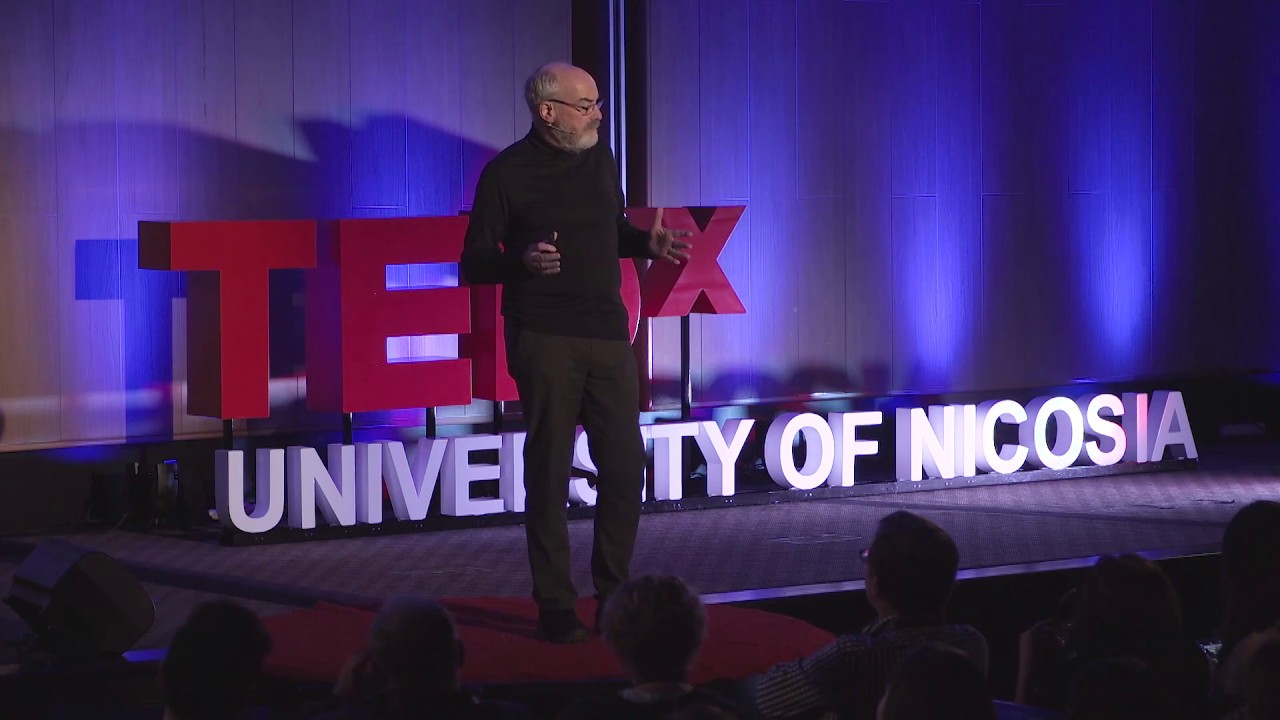
Exploring the science of complexity series (part 24): Conclusions – What kinds of phenomena can complexity science help us better understand?
This article is part 24 of a series of articles featuring the ODI Working Paper Exploring the science of complexity: Ideas and implications for development and humanitarian efforts.
Our examples have included industries, the global climate system, national political debates on the Euro zone, vulnerability and disasters, the dynamics of growth, national economic development processes, urban planning, socioeconomic exclusion, organisational change, the relationship between actors and geographical factors, leadership and agricultural cooperation mechanisms.
Where we see systems of interconnected elements and dimensions involving adaptive agents, we are more likely to see complex relationships and processes. There are multiple ways in which the work carried out by development and humanitarian agencies can be seen as taking place within such systems – the communities, cities and countries that agencies work within, the agencies themselves, the overall international aid system, or the broader global system of which it is a part.
Complexity science broadens the kinds of things that can be looked at with a theoretical basis. It can prove particularly useful when looking at ‘hybrid systems’ which are a combination of social, physical and economic phenomena, because of its nature as a meta-theory of change. It also provides a common lens in developing solutions to aid problems.
Complexity science is useful in the set of concepts it provides, and the potential of these concepts to be used individually or as part of an integrated approach to describe, understand and model various real world phenomena which might previously have been labelled as ‘messy realities’, ‘common sense’ or ‘lessons from experience’. As has already been stated, complexity science concepts provide a support for intuition. In a review of the implications of complexity science for economics, one author suggests that complexity science resonates with what many business people know instinctively1. So too with those working in the humanitarian and development sector.
Whereas before these kinds of problems may have been ignored or regarded as not in the systematic remit, complexity promises to bring a greater rigour and ‘legitimacy’ to areas previously lacking this, and allows us to embrace what were previously seen as ‘messy realities’. If such a lens were to be properly and carefully used, it might allow comparisons between cases and systems that were previously not related, potentially strengthening insight and helping to highlight possible effective actions. By widening the lens on phenomena that can be treated systematically, complexity science offers some hope that the overall approach taken to development and humanitarian problems can be improved, even if this improvement is only partial and incomplete.
Next part (part 25): Conclusions – What is the value of complexity science for those engaged in humanitarian and development work? Specifically, does complexity science tell us anything new?
Article source: Ramalingam, B., Jones, H., Reba, T., & Young, J. (2008). Exploring the science of complexity: Ideas and implications for development and humanitarian efforts (Vol. 285). London: ODI. (https://www.odi.org/publications/583-exploring-science-complexity-ideas-and-implications-development-and-humanitarian-efforts). Republished under CC BY-NC-ND 4.0 in accordance with the Terms and conditions of the ODI website.
Header image source: qimono on Pixabay, Public Domain.
Reference:
- Ormerod, P. (1998). Butterfly Economics: A New General Theory of Social and Economic Behaviour, London: Faber and Faber. ↩





